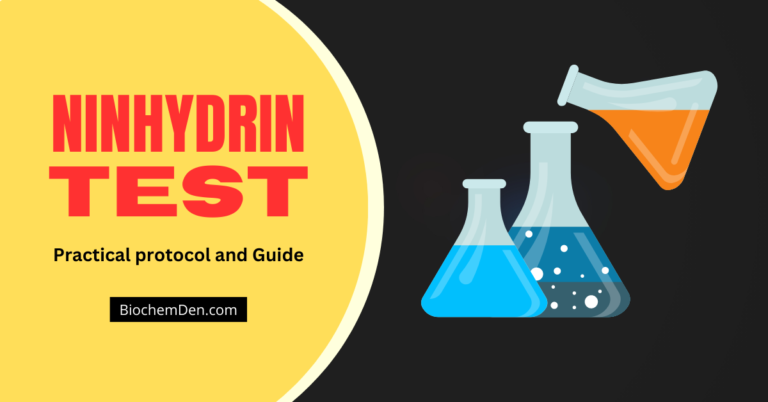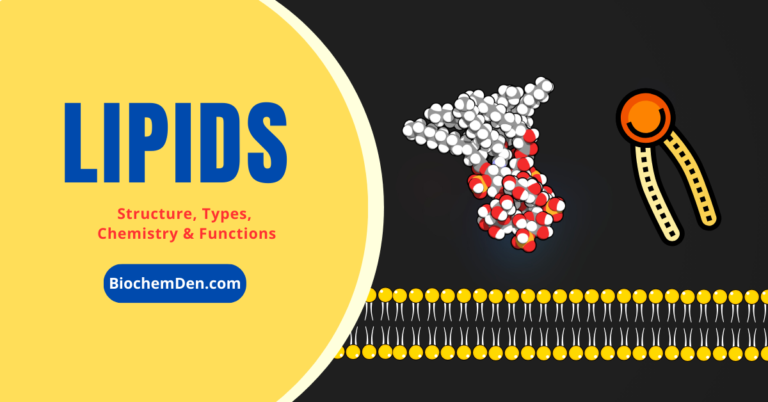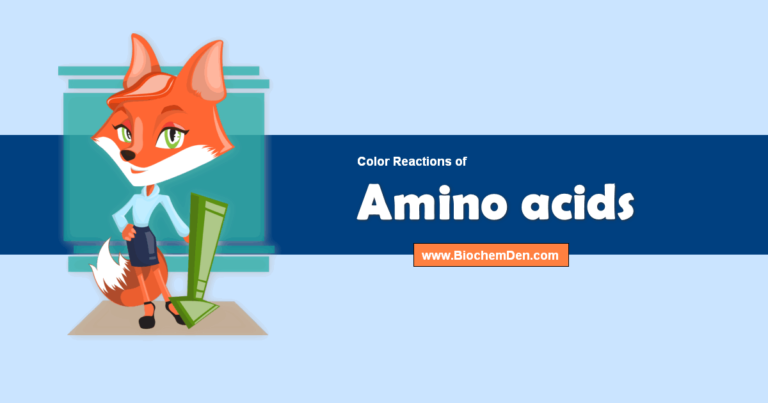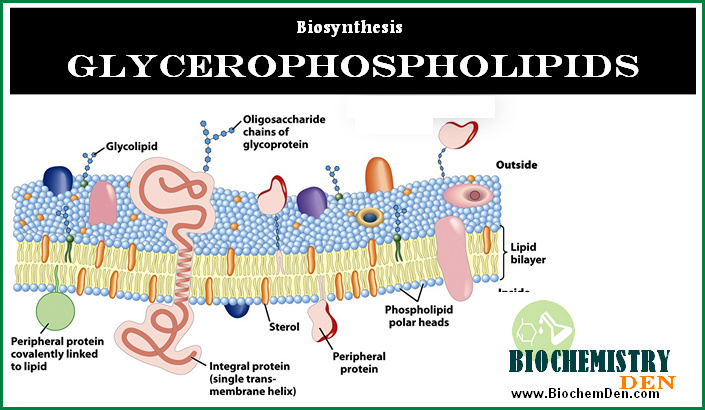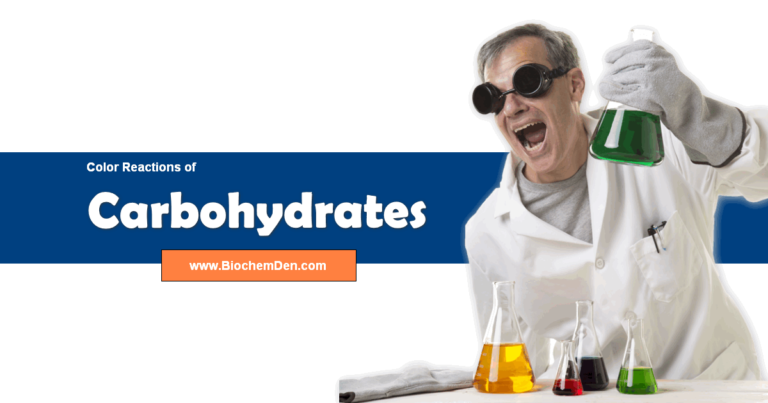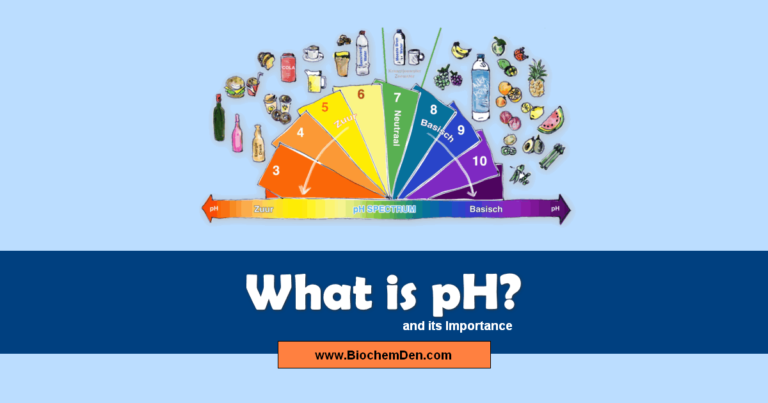Are you searching for the protocol on Color reactions of Lipids?
Lipids are one of the major constituents of foods and are important in our diet for a number of reasons. They are a major source of energy and provide essential lipid nutrients.

Nevertheless, over-consumption of certain lipid components can be detrimental to our health, e.g. cholesterol and saturated fats.
In many foods, the lipid component plays a major role in determining the overall physical characteristics, such as flavor, texture, mouthfeel, and appearance.
For this reason, it is difficult to develop low-fat alternatives for many foods, because once the fat is removed some of the most important physical characteristics are lost.
Finally, many fats are prone to lipid oxidation, which leads to the formation of off-flavors and potentially harmful products.
Here I am giving the detailed practical observation and Download the Practical Protocol here (it is completely free). Before downloading see the snapshot images of the protocols.
Download this “Color reactions of Lipids” Practical General Procedure in PDF format. In this document, we have designed the general procedure and Observation sheets for students.
See the given images to understand the document. (which is attached below)
Qualitative Analysis: Color Reactions of Lipids
1. SOLUBILITY TEST
The test is based on the property of solubility of lipids in organic solvents and insolubility in water.
PRINCIPLE: The oil will float on water because of lesser specific gravity.
TEST: Take 3ml of solvents in each test tube and add 5 drops of a sample. For water and ethanol, it is insoluble and for chloroform and ether, it is soluble and hence the given sample is a lipid.
2. TRANSPARENCY TEST
All the lipids are greasy in nature. Therefore the test may be taken as a group test for lipids.
PRINCIPLE: The oil does not wet the paper.
TEST: Take 3ml of ether in a test tube and dissolve 5 drops of oil in it. Put a drop of the solution on the filter paper and let it dry. A translucent spot on the filter paper was observed and this indicates the greasy character of the lipid.
3. EMULSIFICATION TEST
When oil and water, which are immiscible, are shaken together, the oil is broken up into very tiny droplets that are dispersed in water. This is known as oil in water emulsion.
The water molecule due to the high surface tensions has a tendency to come together and form a separate layer. This is why the oil and water emulsion is unstable in the presence of substances that lower the surface tension of water. Eg: Sodium carbonate, soap, bile salts, etc.
The tendency of the water molecule to coalesce is decreased and the emulsion becomes stable.
Since bile salts cause the greatest decrease in surface tension they are the best emulsifying agents.
TEST: Take 3ml of water and add 5 drops of the sample. In another test tube, 10ml of water is added to an ethanolic solution of lipid contents and is mixed and two layers are observed and this confirms the presence of lipids.
4. A TEST FOR UNSATURATION
The unsaturated fatty acids absorb iodine at the double bonds until all the double bonds are saturated with iodine. Hence the amount of iodine required to impart its color to the solution is a measure of the degree of the fatty acids.
TEST: Take 1ml of chloroform and add methanol and one drop of oil. to this add 1drop of iodine. Chloroform dissolve sample gives red color which decolorizes the iodine giving brown color. This indicates the presence of fatty acids

